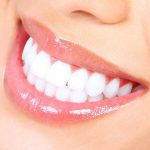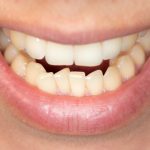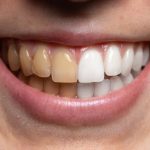Decoding the Deceased: Insights Revealed by Teeth Analysis

The study of the remains of our ancestors has always captivated the minds of historians, archaeologists, and forensic experts alike. These remains provide a window into the past, illuminating the lives of people who lived and died centuries ago. Among the most important and revealing parts of the human body that can be studied are teeth. Teeth are not only essential for eating and speaking, but they can also reveal a wealth of information about an individual’s diet, health, and even their cause of death. Teeth analysis has become an essential tool in forensic science, helping solve crimes and identify the remains of missing individuals. Decoding the deceased through teeth analysis is a fascinating field, unlocking the secrets of our ancestors and revealing insights about their lives. Teeth can reveal information about an individual’s age, sex, and health. For example, the shape and size of teeth can help determine the individual’s age, while the presence of dental caries or cavities can indicate their diet and overall health. Teeth can also provide information about an individual’s cause of death, such as by showing signs of trauma or disease. By analyzing teeth, forensic experts can reconstruct the life of an individual, providing insights into their diet, habits, and even social status. Teeth analysis has become an essential tool in the field of forensic science, helping to solve crimes and identify the remains of missing individuals.
Teeth analysis is an essential aspect of forensic science as it can provide crucial information about the deceased individual’s identity, age, and even cause of death. Dental records, including radiographs, can be used to compare the teeth of the deceased with those of a missing person, and the unique dental patterns can help identify the individual. Moreover, teeth analysis can reveal the age of the deceased, as teeth develop and erupt at predictable intervals. Dental examination can also provide insight into the cause of death, such as trauma or disease, and can be valuable evidence in criminal investigations. Overall, teeth analysis is a valuable tool in forensic science that enables investigators to decode crucial information from the deceased individual’s teeth.
Teeth play a pivotal role in the identification of deceased individuals. The human dentition is unique, and the arrangement of teeth, their size, and shape varies from person to person. Teeth are highly resistant to decay and can survive long after other body parts have decomposed. Forensic odontologists use dental records to compare the teeth of the deceased with those of the missing person. Dental records contain detailed information about the patient’s teeth, including X-rays, dental charts, and photographs. The examination of teeth can reveal not only the identity of the deceased but also information about their age, gender, and health status. Dental analysis is a non-invasive and reliable method for identifying individuals, making it an essential tool in forensic investigations.
The Science Behind Teeth Analysis
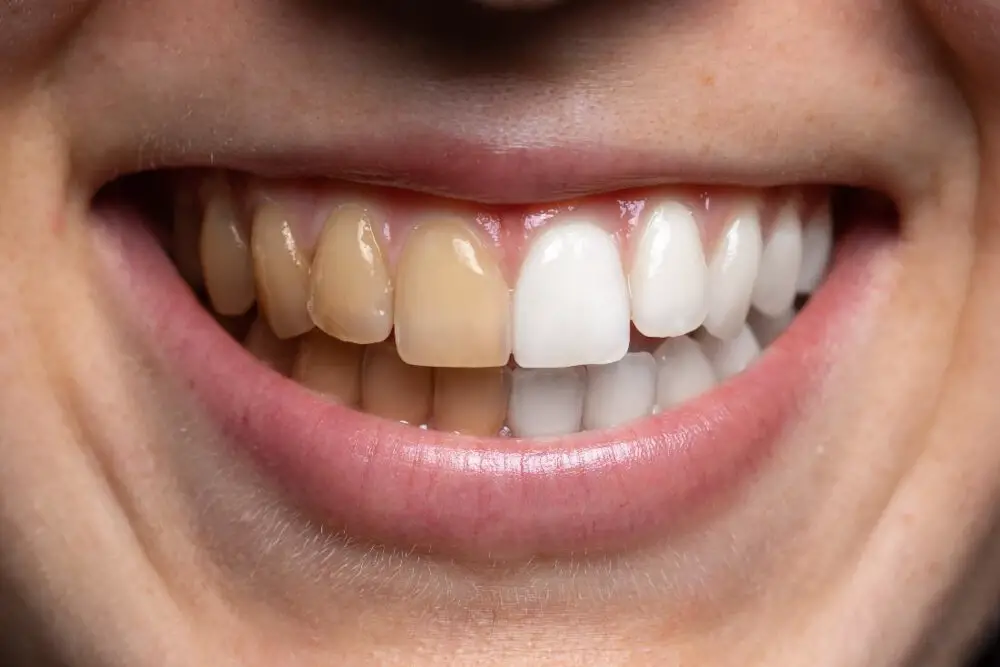
Teeth analysis is a crucial aspect of forensic anthropology. The science behind teeth analysis is based on the principle that teeth are the most robust and durable part of the human body. Teeth can withstand extreme conditions such as high temperatures, acid, and decay, making them an excellent source of information for forensic experts. Teeth analysis can reveal a wealth of information about an individual, including their age, gender, diet, medical history, and cause of death. By examining the teeth, forensic experts can identify the person, determine their age, and establish their identity, even when other means of identification are not possible. One of the most significant benefits of teeth analysis is that it can provide insight into a person’s lifestyle and diet. The chemical composition of teeth can reveal what a person ate and where they lived. For example, the amount of strontium in teeth can indicate the geographical location where a person grew up, while the ratio of carbon and nitrogen in teeth can suggest what type of food they ate. Teeth analysis can also reveal whether a person was exposed to toxins such as lead, mercury, or other chemicals that can be found in food, water, or the environment. By analyzing teeth, forensic experts can provide valuable information that can help solve crimes and provide closure for families and loved ones.
Dental anatomy is the study of the structure, function, and development of teeth. Teeth are complex structures that play a crucial role in the digestive process, as well as in speech and aesthetics. The human mouth contains four types of teeth – incisors, canines, premolars, and molars – each with a specific function. Incisors are used for cutting, canines for tearing, premolars for grinding and molars for crushing and grinding. Teeth are made up of several layers, including the enamel, dentin, and pulp. The enamel is the outermost layer and is the hardest substance in the body. Dentin is the layer beneath the enamel and makes up most of the tooth. The pulp is the innermost layer and contains blood vessels and nerves. Understanding dental anatomy is essential for dental professionals to diagnose and treat various dental and oral diseases.
Teeth analysis is a valuable tool for understanding the life and health of an individual, even after their passing. Several techniques can be employed in the analysis of teeth, including radiography, histology, and stable isotope analysis. Radiography can reveal information about the structure and composition of teeth, including the presence of decay or restorations. Histology can provide insight into the growth and development of teeth, as well as the presence of disease or trauma. Stable isotope analysis can identify the individual’s diet and migration patterns, allowing researchers to piece together a more comprehensive picture of their life. By combining these techniques, researchers can gain a deeper understanding of the individual’s health, lifestyle, and history.
Teeth analysis is a valuable tool in forensic investigations, archaeological studies, and biomolecular research. However, despite its many benefits, there are several limitations and challenges in the field. One of the main limitations is that teeth can be easily damaged or destroyed, which can compromise the accuracy of the analysis. Additionally, teeth are subject to post-mortem changes, such as degradation, which can make it difficult to extract reliable information. Furthermore, teeth analysis can be time-consuming and expensive, requiring specialized equipment and expertise. Despite these challenges, teeth analysis remains a valuable resource for unlocking insights into the lives and deaths of the deceased.
Applications of Teeth Analysis in Forensic Science

Teeth analysis is a crucial aspect of forensic science that has helped solve numerous criminal cases. The analysis of dental remains assists forensic experts in identifying the deceased individual and determining the cause of death. Teeth are incredibly durable and are often the only part of the body that remains intact, making them an invaluable source of information for forensic investigations. Teeth can reveal a wealth of information, including age, gender, ethnicity, and even the individual’s lifestyle habits. Dental records can also be compared to identify the deceased individual in cases where the body has been severely damaged or decomposed. Teeth analysis can also provide valuable information about the individual’s health and medical history. Dental records can reveal whether an individual has undergone any dental procedures, such as fillings, root canals, or extractions. These records can also indicate whether the individual had any underlying medical conditions, such as osteoporosis or cancer, which can leave telltale signs in the teeth. Additionally, teeth analysis can provide information about the individual’s diet, as certain food and drink stains can be identified in the teeth. Overall, teeth analysis is a vital tool in forensic science that can provide invaluable insights into the deceased individual’s identity, lifestyle, and medical history.
Identification of deceased individuals is a crucial task in forensic investigations and requires a combination of different methods. One of the most reliable and informative approaches is dental analysis. Teeth can provide a wealth of information about a person’s age, gender, ethnicity, and lifestyle habits. Moreover, dental records are often available, which can help match a deceased individual to their known identity. Forensic odontologists use a variety of techniques, such as dental X-rays, bite mark analysis, and dental morphology, to identify individuals or at least narrow down the list of possible candidates. Teeth can also reveal the cause and time of death, as well as any medical conditions or injuries the deceased person may have had. Overall, teeth analysis is an invaluable tool for solving crimes and bringing closure to families.
Determining the cause of death is a crucial part of forensic investigation. Teeth analysis has emerged as a reliable method to decode insights about the deceased. Teeth are one of the most durable parts of the human body, and they preserve a record of an individual’s life, including their diet, health, and even cause of death. By analyzing the teeth, forensic experts can identify patterns of wear and tear, dental diseases, and trauma that can reveal information about the person’s lifestyle and the possible cause of death. This analysis can provide critical evidence in criminal investigations, help identify missing persons, and shed light on historical events. Teeth analysis is a valuable tool in forensic investigations and can provide insights into the deceased that would otherwise remain hidden.
Providing evidence is crucial in criminal investigations to identify and prosecute offenders. In the article titled \Decoding the Deceased Insights Revealed by Teeth Analysis,\ it is highlighted that teeth can provide valuable information in criminal investigations. Teeth analysis can reveal a person’s age, diet, and even location history. This information can help investigators piece together a timeline of events and identify potential suspects. Moreover, dental records can be used to identify the remains of a deceased individual, which can provide closure to their loved ones. Teeth analysis is just one example of how providing evidence can aid in criminal investigations, ultimately leading to justice for victims and their families.
Case Studies
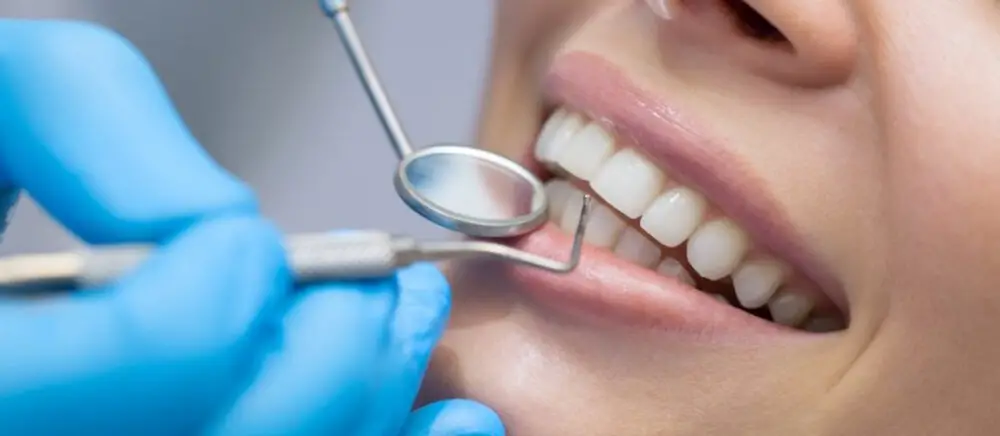
Case studies represent a crucial method of research in various fields, including forensic dentistry. The use of case studies in forensic dentistry has proved to be an effective approach in identifying deceased individuals based on the analysis of their teeth. In the context of the study of deceased individuals, case studies provide a comprehensive understanding of the various factors that contribute to dental diseases, injuries, and other dental anomalies. A detailed analysis of the teeth can reveal the age, gender, and even the occupation of the deceased individual. Moreover, case studies in forensic dentistry play a significant role in identifying the cause of death of the deceased individual. Decoding the deceased insights revealed by teeth analysis is a fascinating area of research that has contributed significantly to the field of forensic dentistry. The analysis of teeth provides a wealth of information about the individual, including their diet, lifestyle, and socio-economic status. Researchers have used teeth analysis to reconstruct the life of the deceased individual, providing insights into their occupation, health status, and even their migration history. Through teeth analysis, researchers have been able to identify patterns of dental diseases and injuries, providing valuable insights into the factors that contribute to these conditions. Overall, case studies in forensic dentistry represent a powerful tool that provides insights into the life of the deceased individual, contributing to the understanding of their history, culture, and identity.
In Case study 1, dental records were instrumental in identifying a missing person. The remains of an individual were discovered, but the identity was unknown. The forensic team analyzed the teeth and compared them to dental records on file. They were able to match the teeth to a missing person reported several years earlier. The dental records provided the necessary information to make a positive identification, which was crucial in bringing closure to the family of the deceased. This case highlights the importance of dental records in forensic investigations and emphasizes the need for individuals to maintain up-to-date dental records as a precautionary measure. The use of teeth analysis is a valuable tool in forensic science, providing insights into the identity, age, and cause of death of deceased individuals.
In the case study 2, the focus was on identification of a victim in a mass disaster. Teeth analysis was the key to unlocking the identity of the deceased, as teeth are the most durable part of the human body and can survive even in extreme circumstances. The team of forensic odontologists used a combination of dental records, radiographs, and DNA analysis to identify the victim. The teeth revealed valuable information such as age, gender, and dental history, which helped narrow down the pool of potential matches. The analysis was meticulous and time-consuming, but ultimately led to the identification of the victim, bringing closure to their family and loved ones. This case study highlights the importance of forensic odontology in identifying victims of mass disasters and the valuable insights that can be revealed through dental analysis.
In a criminal investigation, teeth analysis can provide valuable insights into the identity and cause of death of a deceased person. Case study 3 is a prime example of this. In this particular case, the victim’s body was found partly submerged in a river, with no identification on the body. However, a forensic odontologist was able to use dental records to identify the victim as a missing person. Furthermore, the analysis of the victim’s teeth revealed that they had suffered from severe dental problems, including a broken tooth that had been filled with newspaper, indicating that they may have been in a state of poverty or neglect. This information can help investigators piece together the circumstances surrounding the victim’s death and potentially lead to the identification of the perpetrator. Overall, teeth analysis is a powerful tool in forensic investigations that can provide crucial information to solve crimes and bring closure to families.
Future Developments in Teeth Analysis
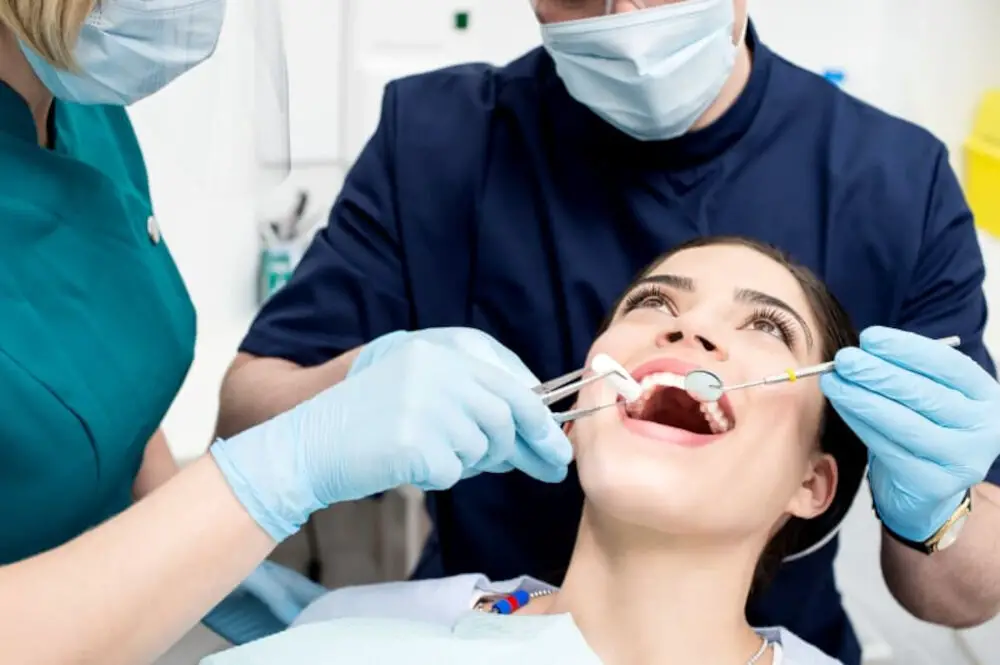
As technology continues to advance, the field of teeth analysis is likely to see significant developments in the near future. One area of focus will be the use of dental biomarkers to help diagnose diseases and other health conditions. Dental biomarkers are substances found in the teeth that can provide clues about a person’s overall health. For example, researchers are currently exploring the use of dental biomarkers to identify early signs of Alzheimer’s disease, as well as other neurodegenerative disorders. By analyzing the composition of a person’s teeth, researchers may be able to detect changes that indicate the presence of these conditions, allowing for earlier diagnosis and more effective treatment. Another area of potential development in teeth analysis is the use of digital imaging technology. Already, dentists and other medical professionals are using digital imaging to create 3D models of teeth and other structures in the mouth. In the future, this technology could be used to create even more detailed models that can be used to diagnose and treat a wide range of dental and medical conditions. For example, digital imaging could be used to create highly accurate models of a person’s teeth and jaw structure, which could be used to design highly customized dental prostheses and orthodontic devices. Additionally, digital imaging could be used to detect and diagnose conditions such as tooth decay and gum disease, allowing for earlier treatment and better outcomes.
In the field of forensic science, advancements in technology have significantly improved the analysis of teeth. With the use of dental radiography, investigators can determine a person’s age, sex, and ancestry. The introduction of 3D scanning technology has made it possible to create accurate and detailed dental records that can be used to identify victims of disasters, accidents, or crimes. Furthermore, the development of stable isotope analysis has provided insight into a person’s diet and geographic location, which can be helpful in determining their identity or tracing their movements. Overall, these technological advancements have greatly enhanced the field of forensic odontology, allowing investigators to decode valuable insights from teeth analysis.
Teeth analysis has proven to be a valuable tool in the fields of archaeology and anthropology. By examining the teeth of ancient human remains, researchers can uncover information about the individual’s diet, health, and even migration patterns. For example, isotopic analysis of teeth can reveal where an individual grew up and what they ate during different stages of their life. Additionally, dental pathologies can provide insight into the prevalence of certain diseases in past populations. Teeth can also provide clues about cultural practices, such as dental modifications or the use of dental appliances. Overall, teeth analysis offers a unique and valuable perspective on the lives of past individuals and populations, and has the potential to shed light on a wide range of historical and anthropological questions.
Teeth analysis is a crucial aspect of forensic science that is used to identify victims of crime, accidents, and natural disasters. By examining teeth, forensic experts can determine an individual’s age, gender, ethnicity, and even past medical history. Moreover, analysis of dental records can help in identifying criminal suspects by matching bite marks with the perpetrators. Teeth analysis has also played a critical role in historical investigations, such as identifying the remains of soldiers from World War II and ancient civilizations. Overall, the significance of teeth analysis in forensic science cannot be overstated, and its applications continue to expand as technology advances.
The field of teeth analysis has witnessed significant advancements over the years, and it continues to develop at a rapid pace. With the advent of new technologies, researchers are now able to extract valuable insights from ancient teeth samples that were previously inaccessible. This has opened up new avenues for studying the past and understanding the evolution of various species. Moreover, the potential for future advancements in this field is immense, and researchers are constantly exploring new techniques to enhance their analytical capabilities. From unlocking the mysteries of human migration to revealing the diets of extinct animals, the possibilities are endless. As such, teeth analysis is a crucial tool for scientists in a wide range of disciplines, and its ongoing developments and potential for future advancements make it an exciting field to watch.
Conclusion
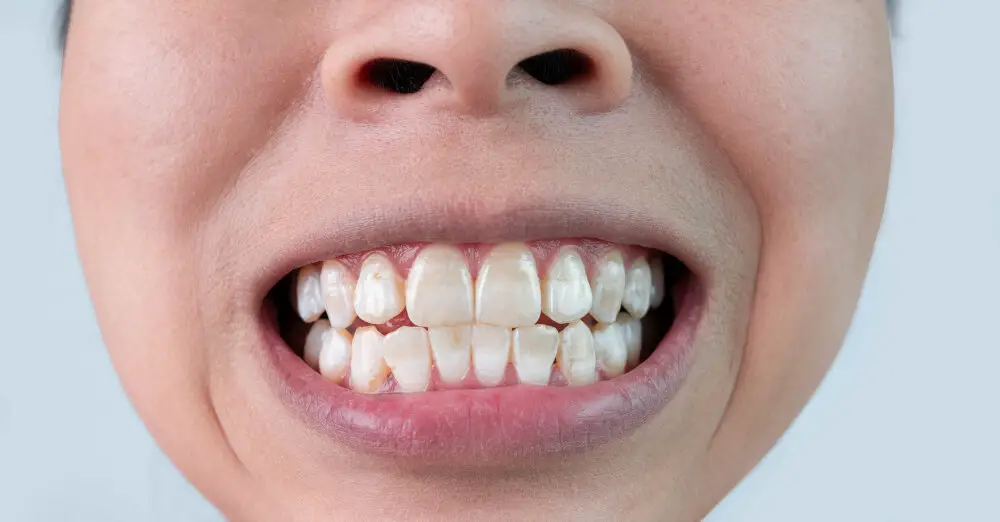
In conclusion, the analysis of teeth is a powerful tool for unlocking insights into the lives of the deceased. Dental records and dental morphology can provide valuable information about an individual’s age, health, diet, and even their cause of death. By examining the teeth of ancient and modern human remains, scientists have been able to reconstruct the diets and lifestyles of past populations, as well as gain insight into the evolution of human dental features. Furthermore, teeth analysis has proven to be a valuable tool in forensic investigations, helping to identify and solve crimes. Overall, the study of teeth provides a unique perspective on human history and biology, and continues to be an essential tool for researchers in many fields.
